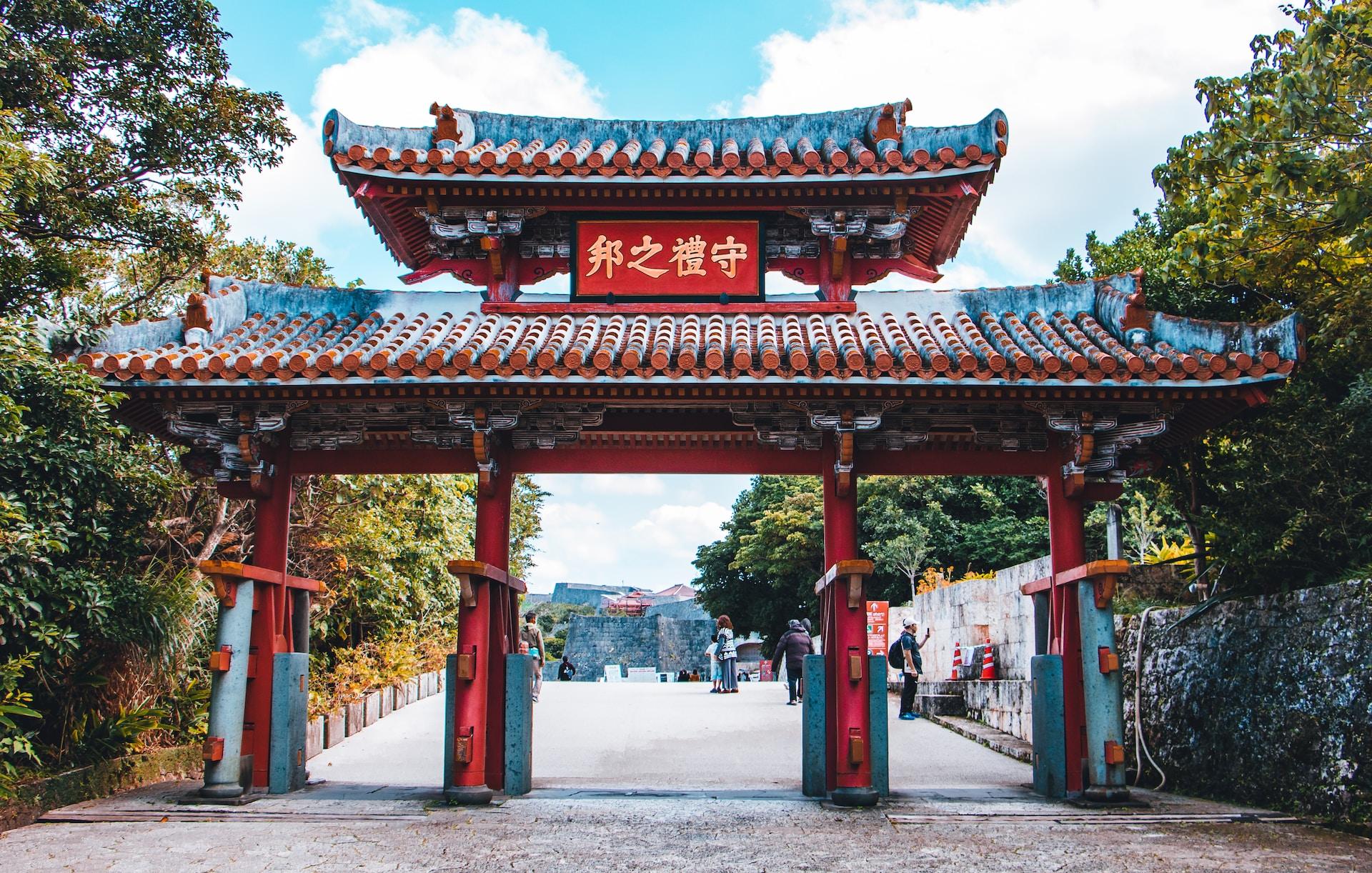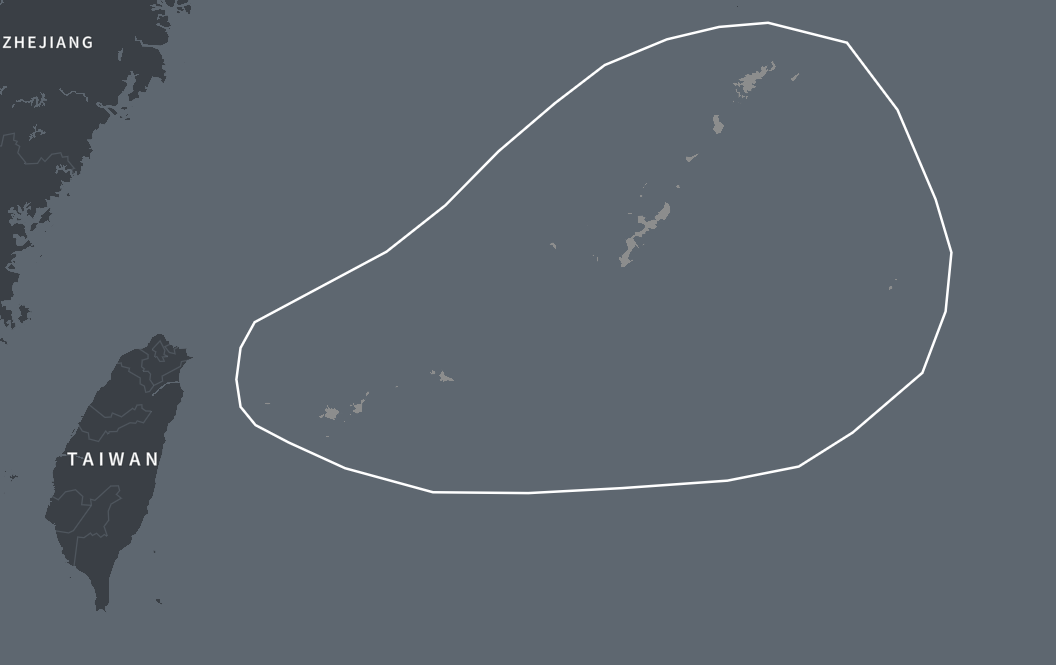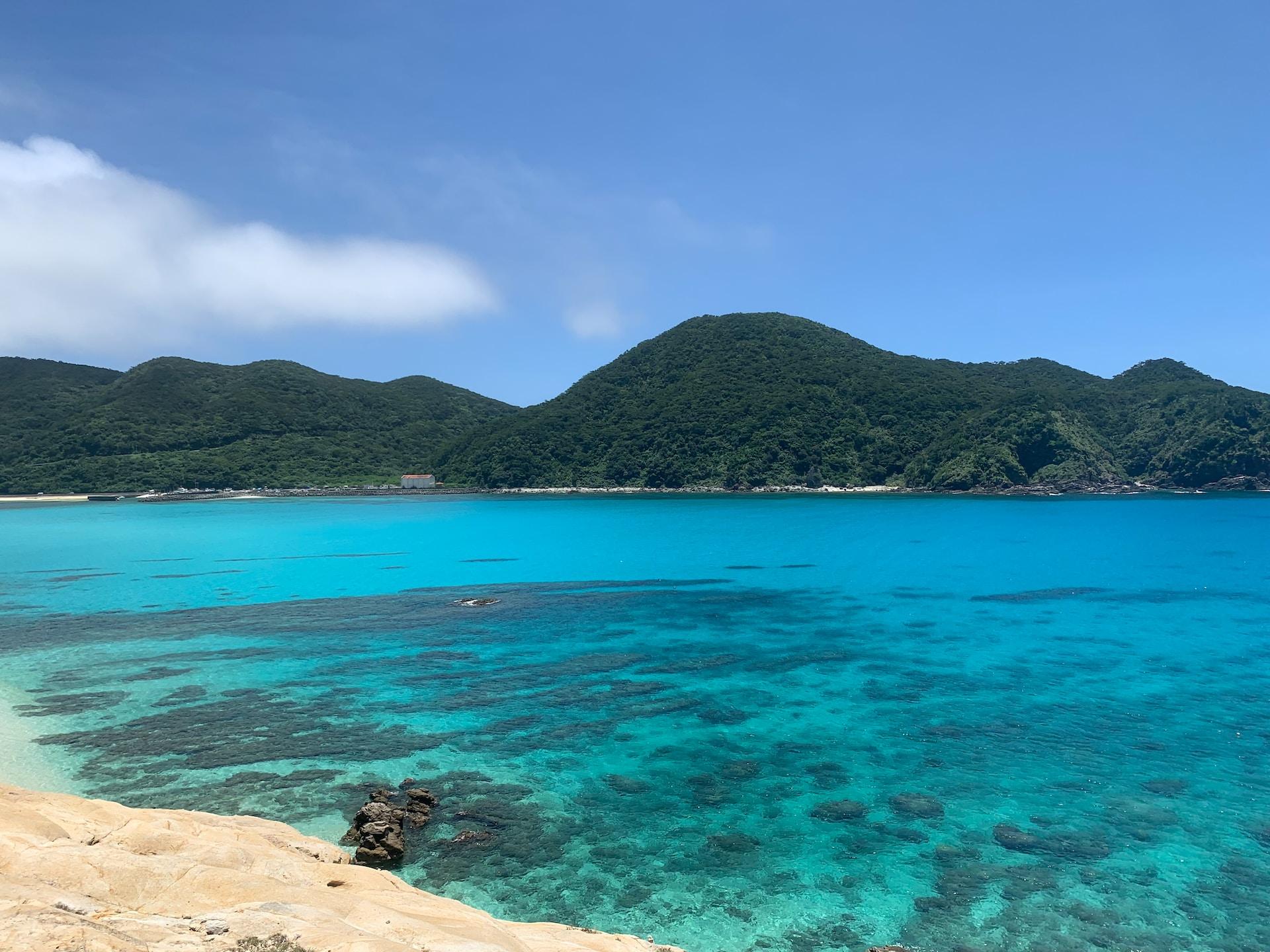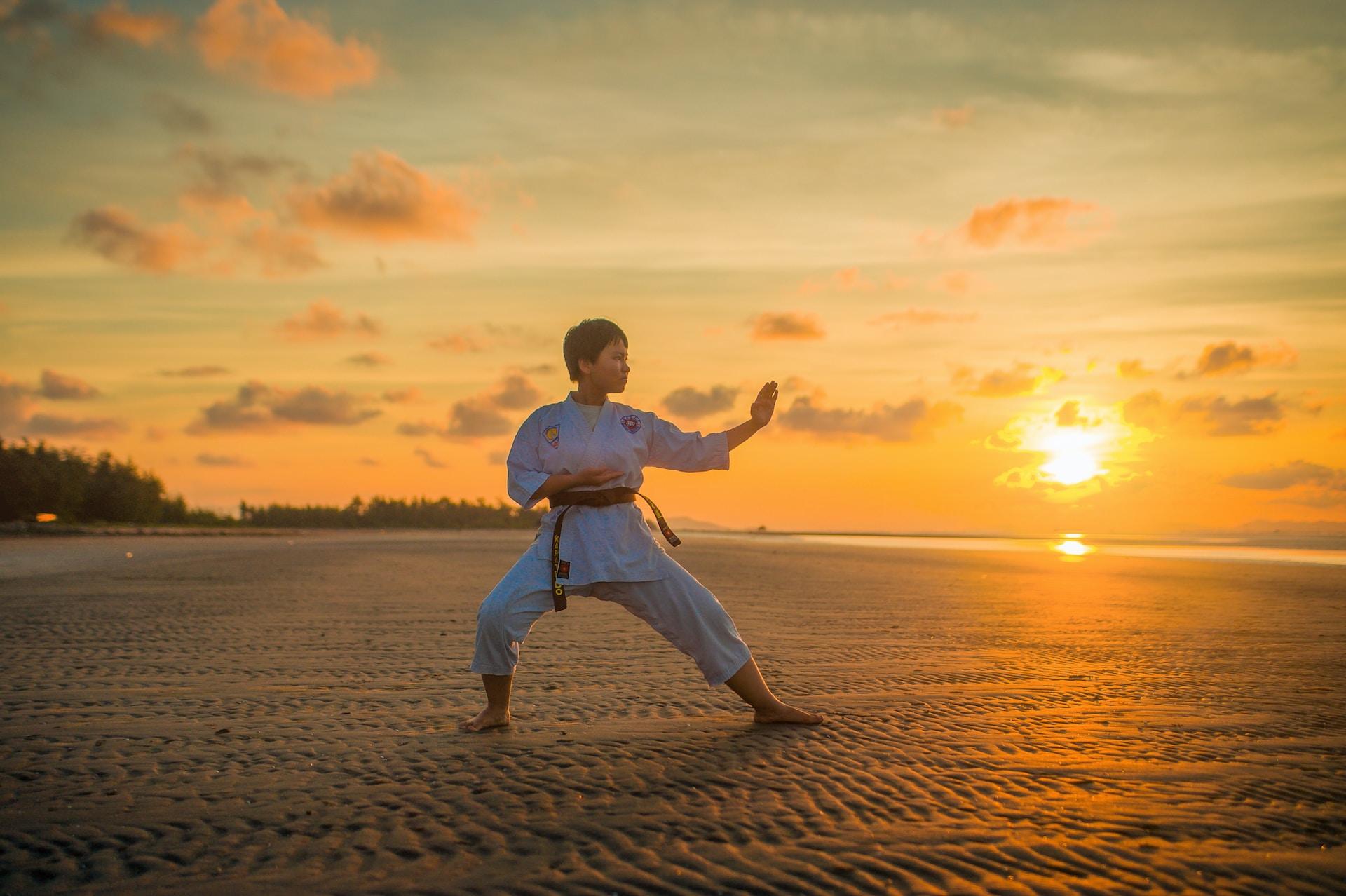What is Southern [Japanese ](/blog/what-is-japan-dna-ethnicity-on-ancestry/)Islands DNA Ethnicity on Ancestry?
The results of our AncestryDNA tests may sometimes be what we expect or on occasion may be a big surprise. Either way, often we need a little more information regarding some of the regions that arise in our ethnicity estimates.

One region that is not at all uncommon is the Southern Japanese Islands DNA region. Those who still live in this region already understand all about its history and culture. There are others, however, who may never have even visited or in fact been aware that they have ancestors from that area.
In this post, we will go into more detail with regard to the history, geography, and culture of the Southern Japanese Islands region. We will also discuss what it means to be from this region and how easy or difficult it might be to trace our roots in the Southern Japanese Islands Region.
What Is the Southern Japanese Islands DNA Region?
The Southern Japanese Islands DNA region may sound a little misleading as it does not pertain to the more southerly main islands of Japan but instead to a chain of Islands in the far south of the country. Known as the Ryukyu Islands, these islands are in a chain that stretches southwest of Kyushu all the way to Taiwan. The islands within the DNA region known as Southern Japanese Islands include:
- Amami Island
- Okinawa Island
- Daito Island
- Senkaku Island
- Miyako Island
- Yaeyama Island

Southern Japanese Islands DNA Region Subregions
The Southern Japanese Islands do not have any subregions despite being spread across numerous inhabited islands and hundreds of miles of ocean.
Southern Japanese Islands Region History
The largest and main island of the Ryukyu chain is Okinawa which seems to have first been home to a midden or shell heap culture. The early culture on the island saw hunter-gatherers and evidence of the making of the Jomon-style pottery.
In the later part of the Shell Mound period, the people of the island tended to settle along the coast. It seems that they would have heavily relied on fishing for their survival. This would remain the same until roughly 2500 years ago when it seems the islands may have seen visitors from a southeastern-Pacific culture.
Agriculture appears to have come late to these island regions somewhere around the 12th century. At this time the populace started to expand inwards towards the mountains.
Kingdoms
The distance between the Japanese mainland and these smaller islands allowed for small kingdoms to develop. This was during the Sanzan period starting in 1314 and saw the kingdoms of Hokuzan and Nanza declare their independence from the Kingdom of Chuzan. These three kingdoms would go on to compete among themselves to establish relations with China's Ming Dynasty.

Chuzan would be more successful in establishing links with Korea and Southeast Asia as well as connections with the Hingwu Emperor. In 1392 the Hongwu Emperor at the request of the Ryukyuan king sent 36 families to serve as managers for the island's maritime dealings.
The Ryukyu Kingdom
In 1492 the Ryukyu Kingdom was founded with the reunion of the three kingdoms and would set the basis for conquering the neighboring Southern Japanese Islands such as Amami. It was in 1469, that King Shō Taikyū died. This led to the royal government choosing a man named Kanemaru as the new king. Kanemaru chose the name Shō En and would go on to establish the Second Shō Dynasty. His son Shō Shin would conquer the Sakishima Islands and centralized not only the royal government, and the military but also the noro priestesses.
Satsuma Domain
A threat then came from the north in the form of a clan from the Japanese main island of Kyushu. The Satsuma domain as it was known was part of the Tokugawa shogunate and in 1609 launched an invasion of the Ryukyu Kingdom.

The kingdom was forced to cede the Amami Islands and had to become a vassal of the Satsuma. This left them not only paying tribute to China but also now to Japan.
Karate
The martial art known as karate originated on the island of Okinawa and was heavily influenced by martial arts from China. It was the connection between China and the Ryukyu Kingdom in the 14th century that brought martial arts to these small Japanese islands.
Known locally as Te, it developed over the centuries and would often be combined with Chinese kung fu styles as the two styles developed.

How Did You Get Southern Japanese Islands Region DNA?
If you already know that you had family who came from Southern Japanese Islands then you likely know why you have Southern Japanese Islands region DNA. If this result came as a surprise you may not know how exactly you came by DNA from this region.
If you have a sizable percentage of DNA from this region then it is likely you have an ancestor who was born in or close to the country of Southern Japanese Islands.
Is the Result Accurate?
When it comes to ethnicity estimates the higher the percentage you have from a certain region the more likely it is to be accurate. If your percentage is low, however, then it is harder to pinpoint exactly where your most recent ancestors came from.
A low result could mean a distant ancestor from that region. It is best to focus on your highest-rated region's matches to determine where your ancestors came from more recently. A low percentage can often be hard to locate because the ancestor in question could be many generations back in your tree.
How to Research My Ancestry from These Regions
The results of a DNA ethnicity test are of course a great place to start especially if there is an unexpected result found in the report. As always of course the DNA cannot tell the whole story and we need to actually do the research work.
A percentage on an ethnicity estimate means very little unless you follow through and start building up your family tree. The relevant ancestors may be several generations back and it may take a lot of research to discover who they were.
If you have specific regions mentioned in your report then you have a good idea of where your ancestor may have originated from. Ancestry DNA even has migratory information from some of these regions through to the final settlement places in the United States or elsewhere in the world.
Using Ancestry you may be able to determine not only who your ancestors were from the British Isles but perhaps the reason they decided to move.
Southern Japanese Migration
Starting in 1639 Japan had a strict policy of no contact with Europe and its colonies; this would last until 1853 when Commodore Matthew Perry from the US sailed gunships into Tokyo Harbor forcing the reclusive nation to open its borders for trade.
Until this point, the people knew little of what else was happening in the world and were used to the way their nation was run by those in power. This arrival by the US Navy quickly spread a social transformation in Japan. It was not only a display of modern military might compared to the more classical Japanese interpretation but also of a more desirable way of life.
This would lead to rapid urbanization and industrialization of Japan and a sharp decline in the former agricultural might of the nation. It was also soon after Commodore Perry’s arrival that in 1868 the first Japanese immigrants would arrive illegally in Hawaii. Although not yet part of the United States the Hawaiian consul general secretly hired 148 Japanese laborers.
In 1869 Japan officially completed its annexation of the Ryukyu Kingdom essentially opening up a corridor for immigration from these small islands.
The bulk of the immigration started in the 1880s when laws were relaxed and Japan would take an active role in choosing the best possible immigrants to send out into the world. It is estimated that between 1886 – 1911 over 400,000 men and women left Japan for the United States and its controlled lands.
Final Thoughts
The small pacific islands of the Southern Japanese DNA region existed separately from the main islands of Japan until the 17th century. This means that the peoples of these islands did not mix with the islands to the north and were not fully annexed by Japan until 1879.
There was established trade with China and Chinese nationals were sent to live and work among these islands for various reasons over the centuries. This is a region with a rich history and the birthplace of Karate.
Possessing DNA from this region connects you to an ancient people with a culture that held much the same for thousands of years. They are a proud people who saw some of the bloodiest battles of World War II.
Link To or Reference This Page
We spent a lot of time downloading, cleaning, merging, and formatting the data that is shown on the site.
If you found the data or information on this page useful in your research, please use the tool below to properly cite or reference Name Census as the source. We appreciate your support!
-
<a href="https://namecensus.com/blog/what-is-southern-japanese-islands-dna-ethnicity-on-ancestry/">What is Southern [Japanese ](/blog/what-is-japan-dna-ethnicity-on-ancestry/)Islands DNA Ethnicity on Ancestry?</a>
-
"What is Southern [Japanese ](/blog/what-is-japan-dna-ethnicity-on-ancestry/)Islands DNA Ethnicity on Ancestry?". NameCensus.com. Accessed on May 4, 2024. https://namecensus.com/blog/what-is-southern-japanese-islands-dna-ethnicity-on-ancestry/.
-
"What is Southern [Japanese ](/blog/what-is-japan-dna-ethnicity-on-ancestry/)Islands DNA Ethnicity on Ancestry?". NameCensus.com, https://namecensus.com/blog/what-is-southern-japanese-islands-dna-ethnicity-on-ancestry/. Accessed 4 May, 2024
-
What is Southern [Japanese ](/blog/what-is-japan-dna-ethnicity-on-ancestry/)Islands DNA Ethnicity on Ancestry?. NameCensus.com. Retrieved from https://namecensus.com/blog/what-is-southern-japanese-islands-dna-ethnicity-on-ancestry/.
